What is the power, Bart: French philosopher on Russian cinema, Soviet poet on laughter
- Статьи
- Culture
- What is the power, Bart: French philosopher on Russian cinema, Soviet poet on laughter
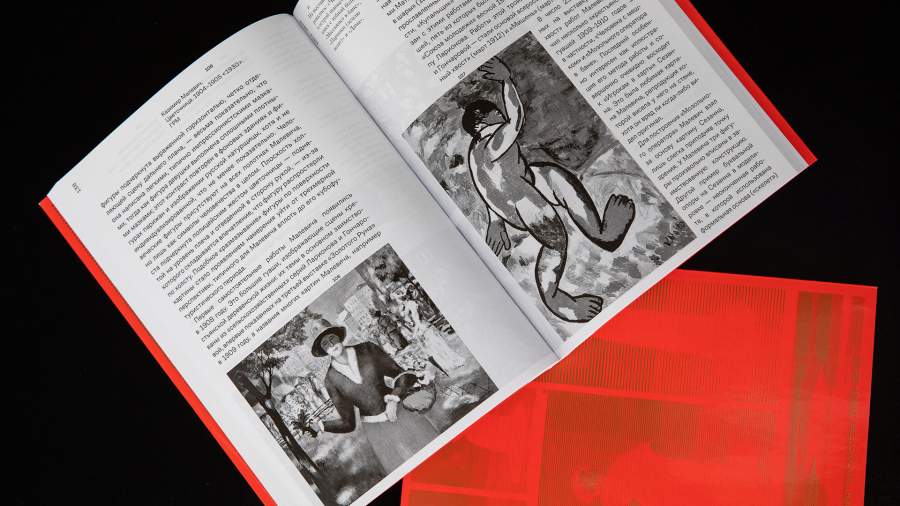
A young British researcher opens up the ideas of the Russian avant-garde to the West, a French intellectual discusses the symbolism of Eisenstein, a Soviet conceptualist plays children's fairy tales, and a fashionable writer embarks on a journey in the footsteps of a mysterious poetess from the early 20th century. Our monthly book review, as always, features a variety of different types and genres of literature, but the cross-cutting idea this time is a rethinking of the past.
"What I think about."
Oksana Vasyakina
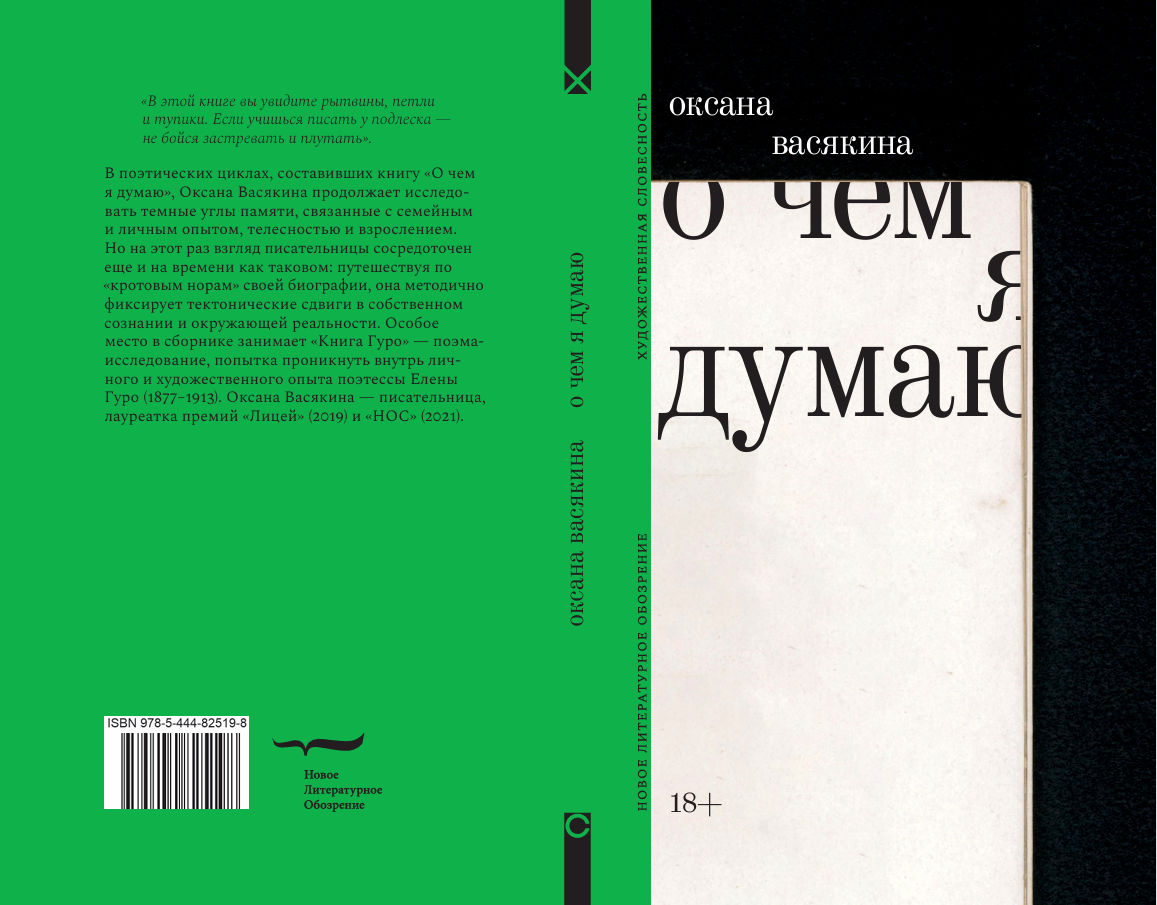
About six months before the release of "What I think" Oksana Vasyakina said in an interview that long wants to write a book about the poet and artist of the early XX century Elena Guro, but can not force himself to sit in the archives. As we now know, she could. A key part of the new collection by the writer known for her novels "The Wound," "The Steppe" and "The Rose" is just about Guro. And it's a bizarre hybrid of essay, fiction, and travelogue. Vasyakina not only immersed herself in hard-to-read scans-microfilms of manuscripts in the Russian State Archive of Literature, but also undertook a journey in the footsteps of her amazing heroine.
Gouraud certainly deserves such attention. She combined the Silver Age and the era of Futurism, created (together with her husband - artist and composer Mikhail Matyushin) her own philosophical system of organic culture, but left life tragically early - at the age of 36. That in the eyes of creative natures adds a martyr's halo to her image. Vasyakina, however, constantly reduces pathos, avoids the romantic enthusiasm of Guro herself. And her narrative, which disintegrates into a kind of notes in the margins, becomes not so much a story about her great predecessor as a dialog and argument with her. An attempt to overcome the fascination with her world, her aesthetics.
But even here everything is not so simple. It's not about overthrowing idols or anything like that. The lack of pathos works in the opposite direction. Vasyakina doesn't seem to strive to make the text polemically sharp, bold, and argumentative. Thought disintegrates, reduces its flight. Instead of a "forest" of eloquence, we see an "undergrowth" - and this is the image suggested by Vasyakina herself. Describing in the preface to the edition of her impressions of an unsightly landscape seen in some album, called either "Forest" or "Undergrowth", the writer warns: "In this book you will see potholes, loops and dead ends. If you learn to write from the undergrowth, don't be afraid to get stuck and wander." Well, the idea is quite in Gouraud's spirit.
"The Russian Experiment in Art, 1863-1922."
Camille Gray
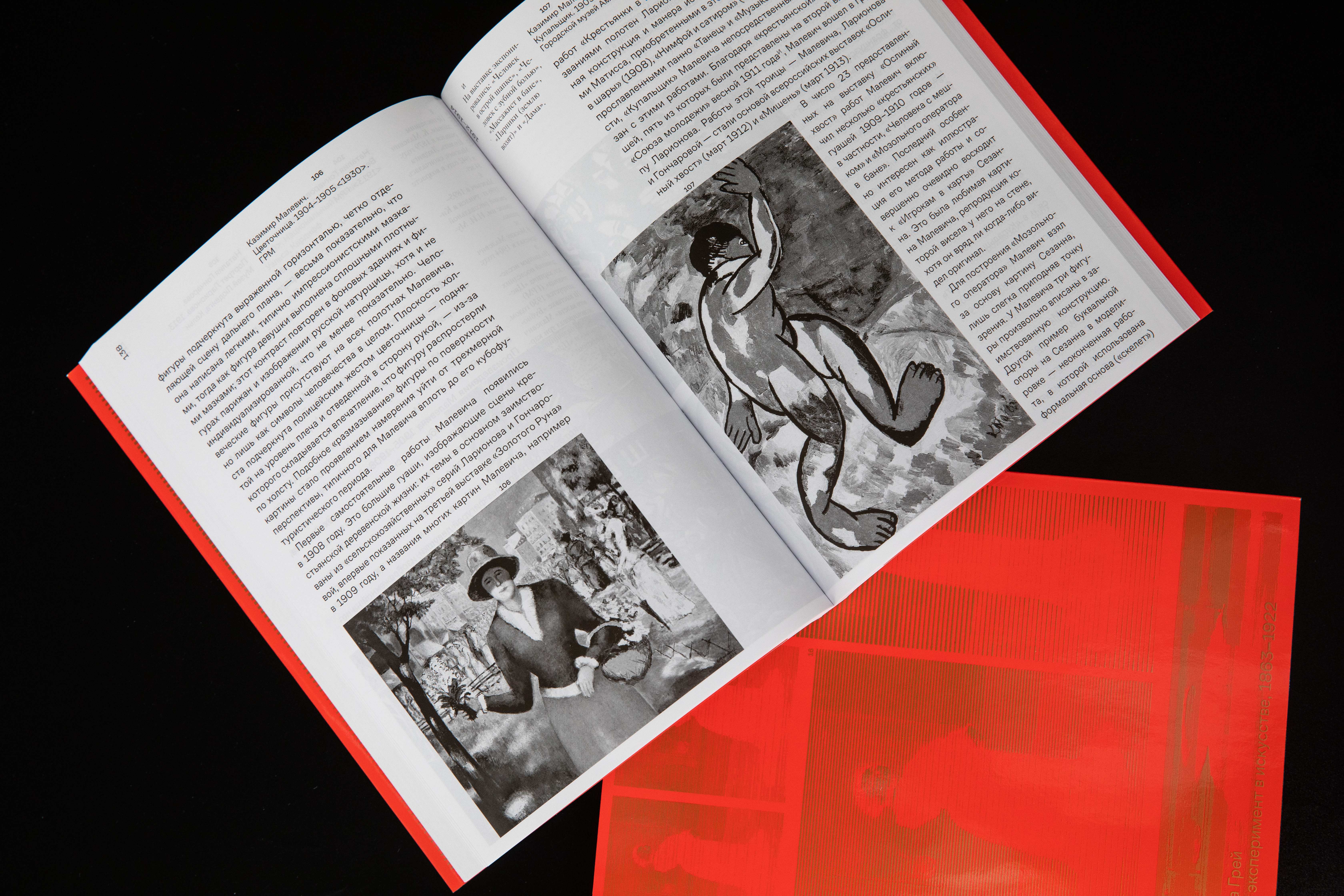
A publication with a very interesting history and ambiguous content prepared in V-A-C Press. The monograph by British researcher Camilla Gray on the Russian avant-garde was first published in 1962 in English and became an important step towards popularization of this trend abroad. For the Soviet art community, the book, which was distributed in samizdat copies, turned out to be the first serious source on art that was virtually banned at the time.
Camille was only 26 years old at the time of writing, but thanks to her communication with living artists and witnesses of the events described, she managed to do what is usually the result of decades of scientific work: to create a holistic image of an incredibly rich historical period (from the late 19th century to the 1920s), to show its polyphony and contradictions. It can be said that it was through Gray's eyes that the whole world saw the Russian avant-garde in the second half of the 20th century. So the historical value of this book is undoubted.
But from the point of view of modern science, Gray's work is, of course, quite outdated. There are many inaccuracies, long refuted information and omissions of the narrative. And this presented publishers with a difficult dilemma: Should they supplement the original text with commentary? Whether to remove incorrect interpretations and, on the contrary, to fill in the gaps? Scientific editor Tatyana Goryacheva wisely reasoned that Camilla Gray's work should be presented "as is," noting only the undoubted factual flaws. And thanks to this approach, Gray's book takes on a new meaning for us: not as an actual work of art history, but as a monument to early ideas about this period of art.
However, for the general public "The Great Experiment" is quite a good way to get general ideas about the Russian avant-garde in a concise form. Well, and a timeless example of how foreign enthusiasts fall in love with our art and devote their lives to its popularization.
"Tales of the dragon and other stories."
Genrikh Sapgir
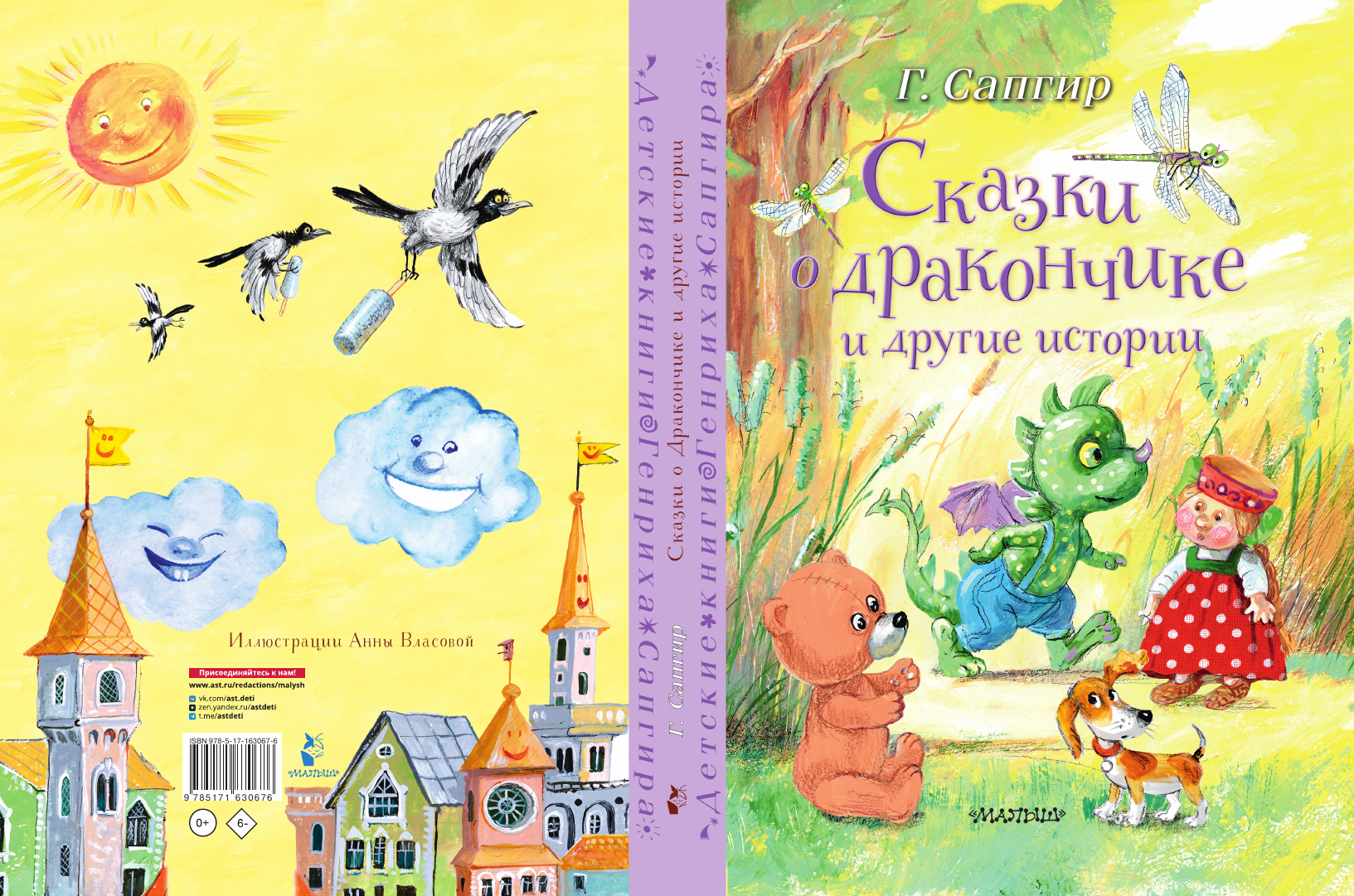
"The princess was beautiful, the weather was terrible" .... We all remember the absurdist children's cartoon by Eduard Nazarov, based on a poem by Genrikh Sapgir. A Soviet conceptualist poet, he, like many artists of the stagnation era (Ilya Kabakov, Oleg Vasiliev, Eric Bulatov, Viktor and Irina Pivovarovy), practiced serious art "on the table", and earned money with works for children. Today, however, we realize that even this seemingly forced activity should be considered in the context of their legacy. And many seemingly naive things for a mass audience actually contain a lot of subtle findings that will be understood only by adult connoisseurs.
However, for young readers, the drawings and texts of this pleiad of writers and artists are a real treat. And inoculation of good taste for life. A good example is the new collection "Tales of the Dragon and Other Stories". On the one hand, Sapgir masterfully embodies children's logic here: many stories, especially about the dragon at the chocolate factory and the ice cream factory, as if invented by a child who himself dreams of eating sweets without limits. On the other hand, one cannot help but notice the quite avant-garde lexical games in the poetic part of the book. "In the land of Hohotany / Lived laughing people: / Smeyashka, Smeyurka, / Smeyan, Smekhoturka, / Smeshila, Smeshok, / Laughter full bag, / Smeshurka, Smishutka, / Smeshinka and Shutka, / Smeshun wind-up / And just - Smeshnoy" (by the way, for some reason, it is this fragment in many editions buy, but not here).
There would be the same "two-layeredness" in the illustrations of Anna Vlasova - and it would be quite excellent. But, however, her bright pictures, apparently, are designed to soften Sapgirov's experiments for the youngest bookworms. Although even here there is a hidden "passaholic" for educated adults: an allusion to the famous equestrian portrait of Napoleon Bonaparte by Jacques Louis David.
"Image. Music. Gesture."
Roland Barthes
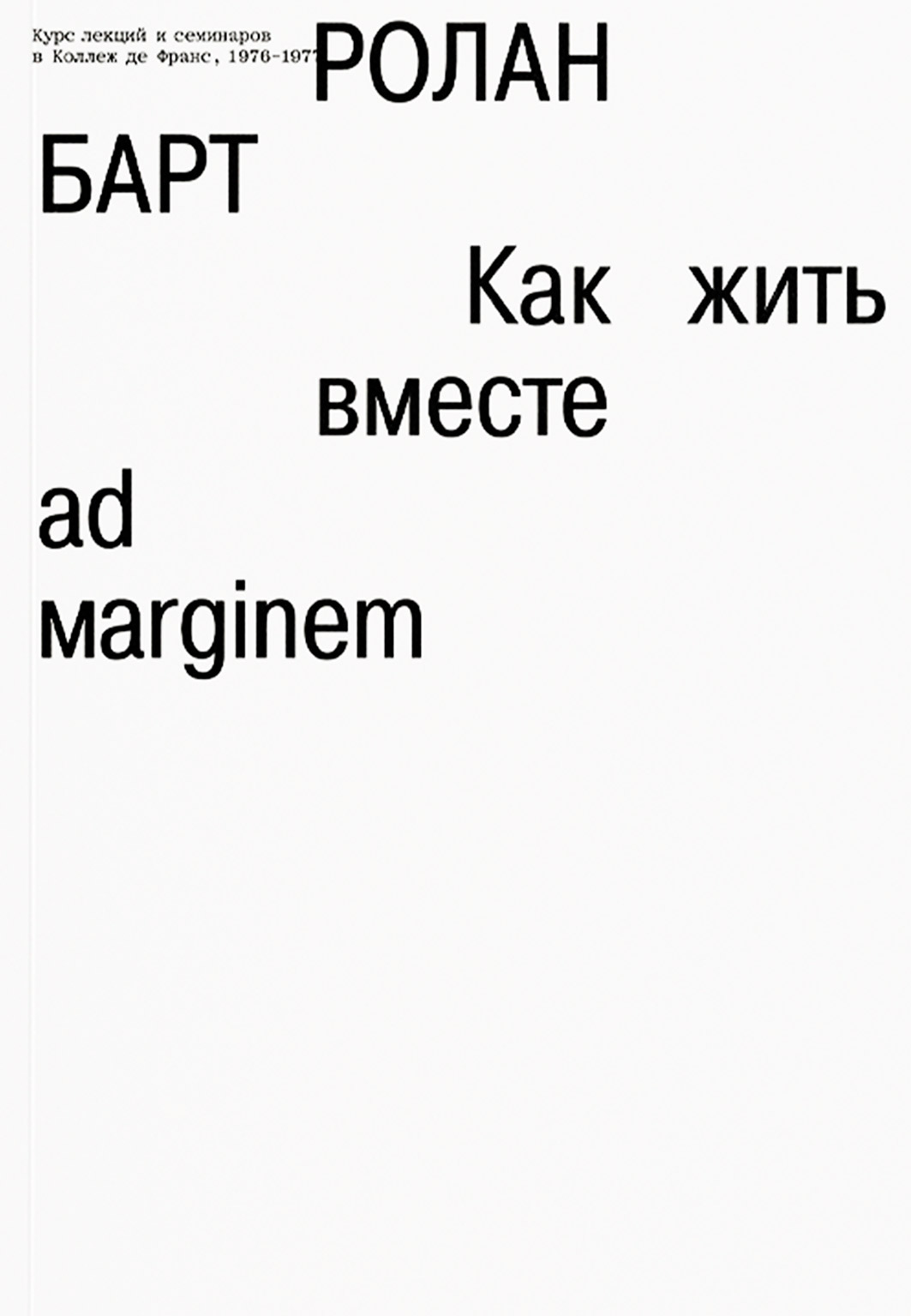
The legacy of one of the main thinkers of the XX century - the French philosopher-structuralist Roman Barth - is presented in Russian quite well. And mainly through the efforts of the publishing house Ad Marginem, which has been consistently publishing his works for many years. Now it has come to the posthumous collection, which was originally published in 1982 under the untranslatable title L'Obvie et l'Obtus (a reference to two of Barthes' terms - "natural sense" and "open sense").
The texts, written in different years and on different occasions, are united by their focus on different art forms: from music and painting to photography and cinema. This certainly shows the breadth of Barthes's aesthetic aspirations, but it also helps to better understand his method: to put it simplistically, the philosopher is interested in signs, meanings, and speech (in the broadest sense) in everything.
Barthes, of course, is not an art historian. In his sometimes unexpected interpretations of masterpieces of the past, he does not particularly rely on historical context, the works of specialists on a particular figure, and the like. On the contrary, the extravagant Renaissance genius Arcimboldo (Barthes, by the way, disputes his extravagance) turns out to be no less modern than the revolutionary Eisenstein, the romantic Schumann, or the abstractionist Twombly.
However, it would be a mistake to summarize all the essays under a single principle. The author's thought is paradoxical and unpredictable. Barthes jumps from detailed analysis of individual works or even shots to global generalizations, from one art to another, and although it is sometimes difficult to follow his logic, especially for the untrained reader, these intellectual turns are a pleasure.
Переведено сервисом «Яндекс Переводчик»

